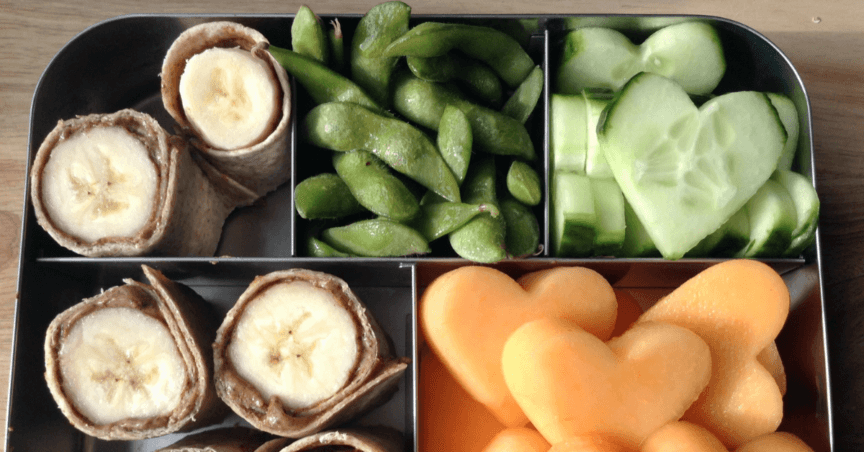You made it through all the back-to-school craziness. You bought new clothes, school supplies, even figured out the family schedule for pick-up and drop-off. You likely browsed Pinterest, Instagram and Google for healthy, fun packed lunch ideas and dutifully engaged your inner food stylist so that your child had lunches that they loved.
Many clients have told me the stories of being in the dreaded line-up of parents doing school pick-up. Giving their child a quick hug and then opening the lunchbox to see what was eaten. Or, to be more accurate, to see what wasn’t eaten. This lunchbox check isn’t just a simple status update on what food your child digested that day. It’s a measure of your parenting skills, done in-front of a firing squad of your judgmental peers.
Or, at least that’s how it feels.
The purpose of my message today isn’t to jump on the judgment bandwagon. Quite the opposite in fact. I’m here today to let you know that whether or not your child ate their lunch isn’t a measure of your parenting skills. It isn’t about you at all. So drop the mommy-guilt and daddy-guilt. Let’s re-focus on your child. Because, this situation is actually about your child.

Why Kids Don’t Eat Packed Lunch
The ability to eat lunch in the highly distracting school environment is a life skill. And like any life skill, some kids pick it up easily and some find it more challenging. How quickly kids pick up on this new skill isn’t a measure of how “good” or “bad” a kid they are. And, it isn’t a measure of how “good” or “bad” a parent you are. I’ve helped thousands of families over my career. In my experience the kids who find eating lunch at school more challenging tend to be:
-
Very social,
-
Easily distracted, or
-
Sensitive souls
How to Help Kids Eat Packed Lunch
In time, your child will pick up the important life skill of successfully eating a meal in a distracting environment. Here are some actions that you can take to support your child in learning this life skill. And, actions you can take to make sure that they are meeting their nutrition needs throughout the day.
-
Make sure containers are easy to open. Have your child practice at home so you can determine if they can do it without help.
-
Cut food into small pieces. Yes, this means cutting foods into smaller pieces than kiddos can handle at home. Because a smaller piece requires a shorter attention span. For example, cut sandwiches into 4 pieces, cut wraps into sushi-like round bites, or pack apple slices instead of a whole apple.
-
Plan an extra big breakfast and after-school snack to make up for a missed lunch. This isn’t the time to restrict afternoon snacks to smaller amounts of food. Allow kids to have as much to eat at snack-time as they are hungry for. Serve healthy foods from a variety of food groups. An easy way to do this is to allow kids to open up their lunchboxes and eat their lunch leftovers (i.e. the majority of their lunch) as their snack. If you packed it as a lunch meal, it’ll be a healthy choice for an afternoon snack. With one caveat – make sure that foods are still safe – i.e. foods that need to be refrigerated haven’t been at room temperature too long.
Have more questions? Book an information call with Kristen today.

Known as the “picky eater dietitian”, child-feeding expert Kristen Yarker, MSc, RD is who you call when feeding your child isn’t going well. Since 2008, Kristen has worked with thousands of parents throughout BC to provide good nutrition for your kids today…and, instill a LOVE of food that lasts a lifetime.




